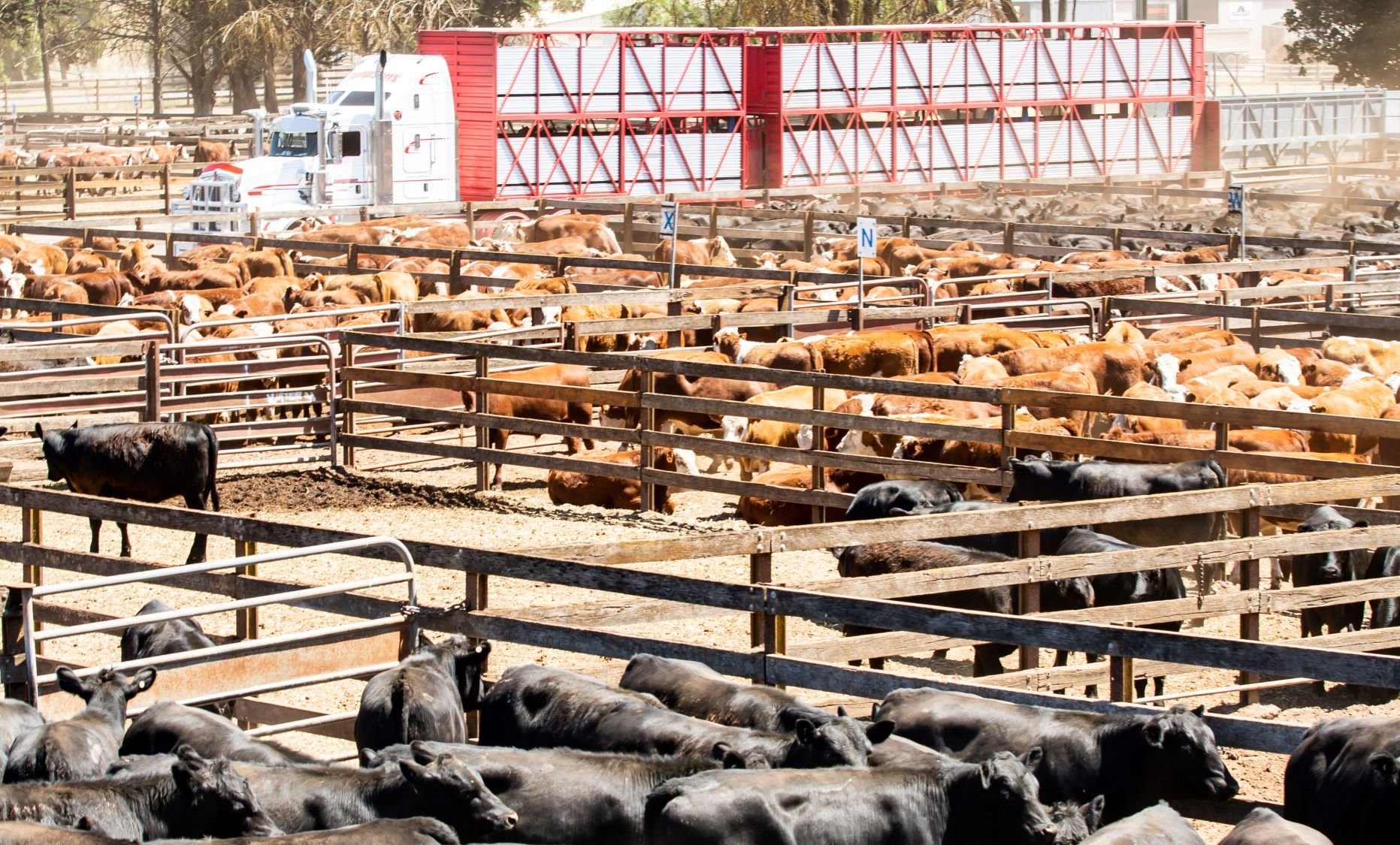 Australian agriculture looks set for another record year, with the value of agricultural production forecast to reach $90 billion in 2022–23.
Australian agriculture looks set for another record year, with the value of agricultural production forecast to reach $90 billion in 2022–23.
If achieved, this value will surpass the record set in 2021–22 by more than $2 billion in nominal terms, ABARES said in its Agricultural Commodities Report on Tuesday.
The forecast record value is being attributed to the strength of another record year for crop production, following a third consecutive La Niña event and continued high prices.
The value of agricultural exports is also expected to be a record at $75 billion in 2022–23 – the first time exports have risen above $70 billion in nominal terms.
The report said another year of exceptionally large grain and oilseed harvests would be the main contributor to an increase in export volumes, with record volumes of wheat, barley, canola, cotton and sorghum all expected to be exported in 2022–23.
High global commodity prices are also expected to contribute to the strong export result.
AuctionsPlus market analyst Damien Thomson said despite the recent decline in prices, the contribution of livestock industries could not be overlooked.
“Intense restocking demand and competition for livestock since 2020 has pushed prices for slaughter cattle, in particular, to record highs in 2022-23,” Mr Thomson said.
“This has contributed to the record result for the gross value of agricultural production.”
The record run for agriculture is not expected to continue in 2023-24, however, with production and export values forecast to fall to $81 billion and $64 billion, respectively.
The fall in production value was attributed to a forecast return to drier seasonal conditions which would lower crop production, although high soil moisture from the previous year would somewhat mitigate the drier conditions.
The value of crop production was forecast to fall to $46 billion (from a record $54 billion in 2022–23), but this was expected to be partially offset by a near $2 billion increase in horticultural production, mainly driven by fruit and nut production and high export prices.
In contrast, livestock production was forecast to remain relatively steady at $35 billion.
The expected fall in export value in 2023-24 would reflect lower domestic production due to drier conditions and easing global commodity prices, the report said.
Despite the falling values forecast for 2023-24, this year’s record $90 billion output shows the industry’s $100 billion target is within reach.
National Farmers’ Federation vice president David Jochinke said it’s been ‘an absolute belter’ of a year, during a time that wasn’t all smooth sailing.
“It was a hard-won result this year. We had extensive crop losses due to flooding, damaged roads, and a wet harvest that stretched well into the New Year,” Mr Jochinke said.
“In the end though, we’ve seen a record winter crop, and strong prices for crops and livestock that have underpinned that headline number.
“We’ll expect that number to bounce around in coming years as things dry out, but it shows our $100 billion by 2030 target is well within reach.”
Mr Jochinke said the staggering growth in the industry highlights how important the sector is for Australia moving forward.
“This confirms yet again what we’ve been saying for years: that farming is a sustainable growth engine for Australia,” he said.
“We’ve added over $30 billion in output in the past five years, making farming one of the most exciting growth stories in an economy that’s littered with challenges.
“This is big news for regional communities, but the benefits extend right into our major cities.”
In total, the value of agriculture, fishery and forestry production is also expected to reach a record of more than $96 billion in 2022-23.
 Results
Results-3.png)

